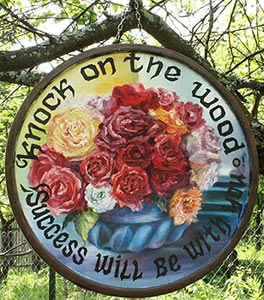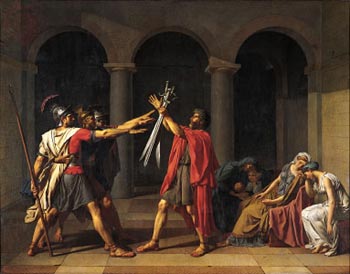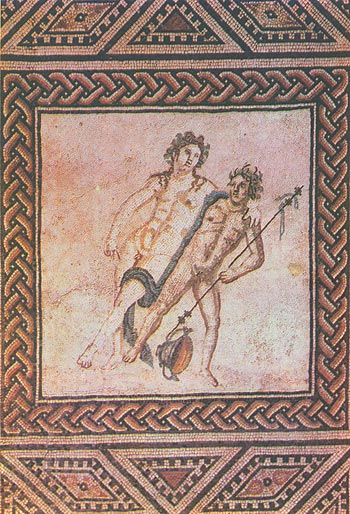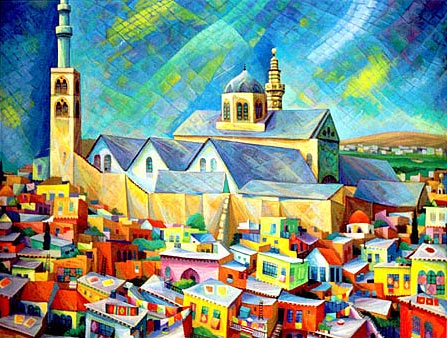Classicism
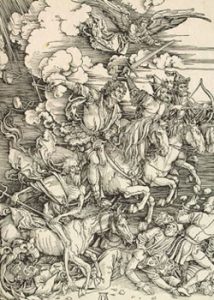 Albrecht Dürer. The four horsemen of the Apocalypse. Unlike the classics, classicism is not a qualitative, but a functional concept; it expresses a certain tendency of artistic thinking based on the desire for simplicity, clarity, rationality, and the consistency of the artistic image.
Albrecht Dürer. The four horsemen of the Apocalypse. Unlike the classics, classicism is not a qualitative, but a functional concept; it expresses a certain tendency of artistic thinking based on the desire for simplicity, clarity, rationality, and the consistency of the artistic image.
Classicism is turned to the future, not to the past, and this is its artistic and historical meaning. The basis of the classical worldview is a specific understanding of beauty, the belief that beauty is eternal.
Classicism – (from the Latin. Classicus – exemplary), style and direction in architecture and fine art, XVII – early XIX centuries., Turned to the ancient heritage as an ideal model. However, Classicism can refer not only to a single historical epoch, artistic direction, trend, style, or school of art. It occurs constantly in various forms, at different periods and in different countries. Classicist tendencies, for example, arose in the art of ancient Egypt, in the Hellenistic era, as a kind of academic art.
Historically, with the same word “classicism” they began to call a wide range of various phenomena. As a method of thinking, classicism is more normative than others, rational and systematic. It is not by chance that only in Classicism there is a system of rules and a complete theory of artistic creativity. The artists of the classicist movement, starting from the era of the Italian Renaissance, had an irresistible passion for writing theoretical treatises. Treatises on art were written by Leonardo da Vinci, L.-B. Alberti, A. Durer, S. Serlio, A. Palladio, J. Winola. In addition to isolated statements and individual opinions of artists, neither Baroque, nor Rococo, nor other artistic styles and trends have put forward their theory.
It is more correct to say not “the style of classicism”, but “the style of classicism”. In this case, it is implied that, as in all other artistic trends, epochs and periods of the development of art, the manifestation of classicism can be expressed in different forms and artistic styles, but the style most relevant to this content is classicism.
The artistic style of classicism is an expression of the idea of compositional integrity, clarity, completeness, balance. In the architecture of classicism there is a certain set of formal features. The horizontal dominates the vertical. Compositionally stands out the axis of symmetry, hence the usual three-part division of the facade with the enlarged central and two smaller side risalits. All forms of a square, a circle, a semicircular arch. In terms of the most popular centric structures, ensuring the equivalence of perception from different points of view.
In sculpture, the formation of classicistic artistic thinking was accompanied by a transition from naturalistic coloring of statues and reliefs, a naive attempt to “revive” them in Greek archaic or colorful decorativeness in oriental art, to laconic expression of the volume itself, cleansing it from everything superfluous, random. The functions of color were taken by the painting that separated from architecture and sculpture. In classical painting, an image is also always built on the “relief principle”, i.e., by alternating spatial planes parallel to the plane of the picture.
In the perception of the building, paintings, frescoes, sculptures of the classicist style there is a feeling of peace of mind, clarity, enlightenment. Even despite the knowledge that this is the most skillful decoration, in fact, stylization, artistic deception, and despite the fact that classicism loses in the decorative details, complexity, and other styles in art, it is more attractive and always desired.
In general, the tendencies of the classicist style in different epochs and in different types of art show one thing: the artist’s striving for the ideal by abandoning the casual, temporary, changeable.
